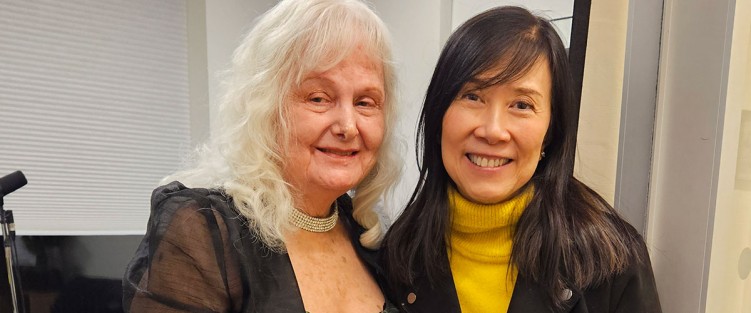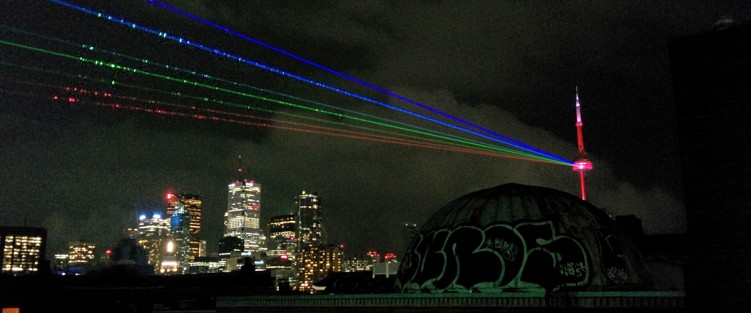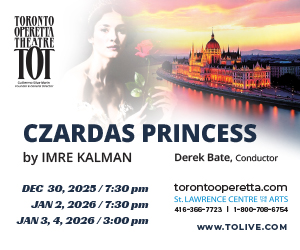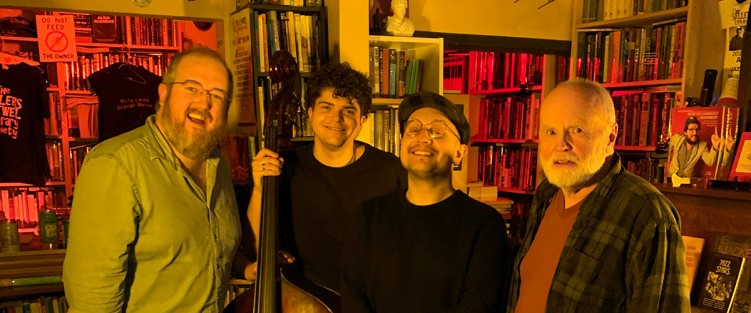 In the recent Bob Dylan biopic, A Complete Unknown, there is an early moment in which Timothée Chalamet, as a young Dylan, performs alongside Ed Norton as Pete Seeger at a hootenanny. In that scene, there is a passing shot of the actor Norbert Leo Butz as the famous ethnomusicologist, Alan Lomax, ensconced behind mobile recording gear.
In the recent Bob Dylan biopic, A Complete Unknown, there is an early moment in which Timothée Chalamet, as a young Dylan, performs alongside Ed Norton as Pete Seeger at a hootenanny. In that scene, there is a passing shot of the actor Norbert Leo Butz as the famous ethnomusicologist, Alan Lomax, ensconced behind mobile recording gear.
Here as elsewhere, Lomax is portrayed as unflinchingly puritanical (he hated when Dylan “went electric”) and cantankerous. And while he may well have been those things, the legacy of his recorded work, like that of such other American sonic chroniclers as Harry Smith and Dean Benedetti, has proven invaluable for its documentation of musicians and musical scenes that otherwise would have been lost to the annals of time.
I was reminded of the importance of live music documentation, and of the often-unsung individuals behind this process, while attending a recent concert at the great little Toronto bookshop Sellers & Newel (672 College Street). Trumpeter Kyle Pogline with his talented trio of pianist Eric Liang and bassist Max Simpson was there to perform the music of Kenny Dorham, and the evening was being recorded for future broadcast on CIUT-FM by Henry Lewis, the local station’s live music and events coordinator.
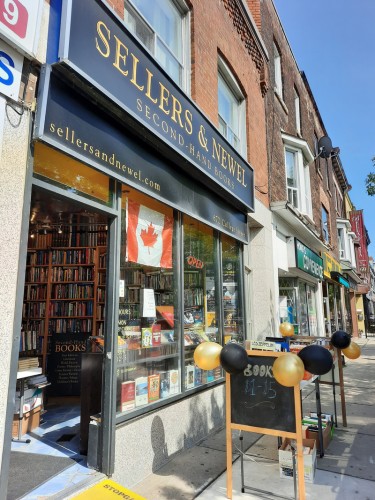
It’s no accident that the cozy book shop – it seats approximately 30 patrons – is now doing double-duty as a desirable site for live recording. “The room is acoustically perfect,” elaborates guitarist Mike T. Kerr, who himself has just completed recording four live trio shows at S&N for a future album release. Kerr, a Canadian, grew up in the U.S. near Arlington, Virginia. He cites the DIY influence of Virginia’s indie-label “Dischord House” in the aughts in motivating him to pitch S&N proprietor Peter Sellers on the idea of recording there.
“I learned after that initial concert,” states Sellers, “that the room sounds great. But equally important is the fact that everyone in the audience is respectful and listens, making this one of the quietest performance and recording spaces in the city.”
That rare combination of a great room sound, an engaged audience and the abundance of musical talent in Toronto has resulted in some excellent new releases: from Kerr, recorded trio sessions by saxophonist Patrick Smith, pianist Max Donaldson, and a solo recording by singer-songwriter Pete Larkin. Clearly, the blue-chip environment S&N affords resonates with musicians regardless of instrument or genre. “It is a really special thing that has been happening here,” continues Kerr. “By making this room available for recordings, Peter is able to offer something to the community that is accessible and can help those who cannot afford to go into a traditional studio for five days to make an album.”
Kerr’s enthusiasm for live documentation connects him to the bootlegging archivists that followed and recorded blue-grass bands, festival performances, and yes, the Grateful Dead for eons, and whose collective work has provided source material for generations of fledgling musicians. CIUT’s Lewis sees his job in a similar vein – as an important bridge between the more ephemeral aspects of the city’s live music scene and the permanence of the recorded artifact.
“Documenting, chronicling and archiving what is happening in the city right now is important,” states Lewis, who has brought his mobile recording setup to events at Tapestry, Drom Taberna, 918 Bathurst, the Music Gallery, as well as S&N. “While what I am doing is not particularly unique,” he continues, “I feel lucky that I can capture great music that takes place on one night and will never happen again quite the same way.”
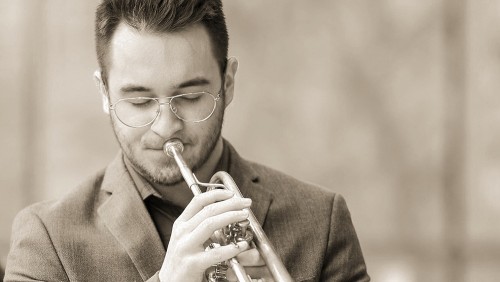
Kyle Pogline, a terrific young trumpeter who has recorded multiple live dates at S&N and whose contributions to albums by vocalist Caity Gyorgy have earned him two JUNO awards, agrees. “People who really care about music gravitate towards live and bootleg recordings, especially in the world of jazz and Black American music,” he states. Accordingly, Pogline and trio have prioritized live recording to both work on their craft, and to capture the in-the-moment experience of the music. “When playing live,” he continues, “your sole focus is the present and trying to bring your best to each tune. As a result, recording in such a welcoming place as Sellers helps capture more genuine and authentic musical moments.”
The bookshop’s low ceiling, intimate listening environment, and chock-a-block books that act as impromptu recording baffles all contribute mightily to the uniqueness of the space. As big a part of the success of S&N’s performance and recording policy, however, is the proprietor himself. “While it is true that Sellers & Newel is among the coolest spots in the city because of its DIY, casual, and low barrier of entry approach,” states Lewis, “it is also because of Peter, who has that rare combination of a great ear and a keen vision for picking the right artists for the room. It is great that someone like him acts as a bit of a gatekeeper to ensure the music is always special.”
Fast approaching its ten-year anniversary as a live music venue, having hosted 385 shows since an inaugural Kevin Quain performance on June 13, 2015, Sellers and Newel has no plans of slowing down. “I fell in love with jazz in my early twenties hearing bands at such iconic places as Bourbon Street,” reminisces Sellers, whose 100-year-old family piano is kept tuned and at the ready in the bookshop. “And even with all the memorable shows we’ve had here, I still can’t believe the calibre of jazz players in the city. And there is a lot more to come!”
Andrew Scott is a Toronto-based jazz guitarist (occasional piano/singer) and professor at Humber College, who contributes regularly to The WholeNote DISCoveries record reviews.
 Reviewed Thursday June 4, 2025 Tarragon Theatre
Reviewed Thursday June 4, 2025 Tarragon Theatre




